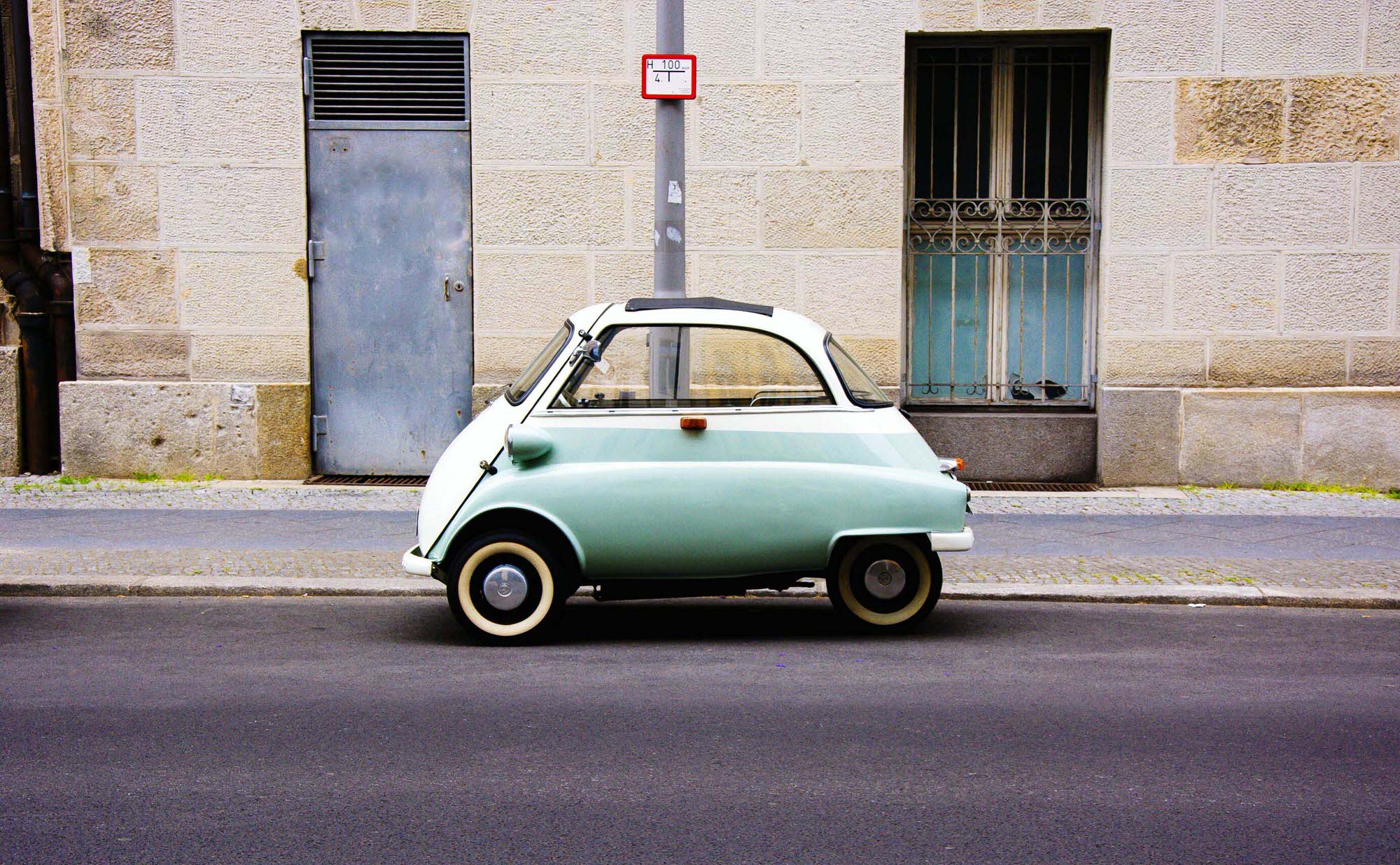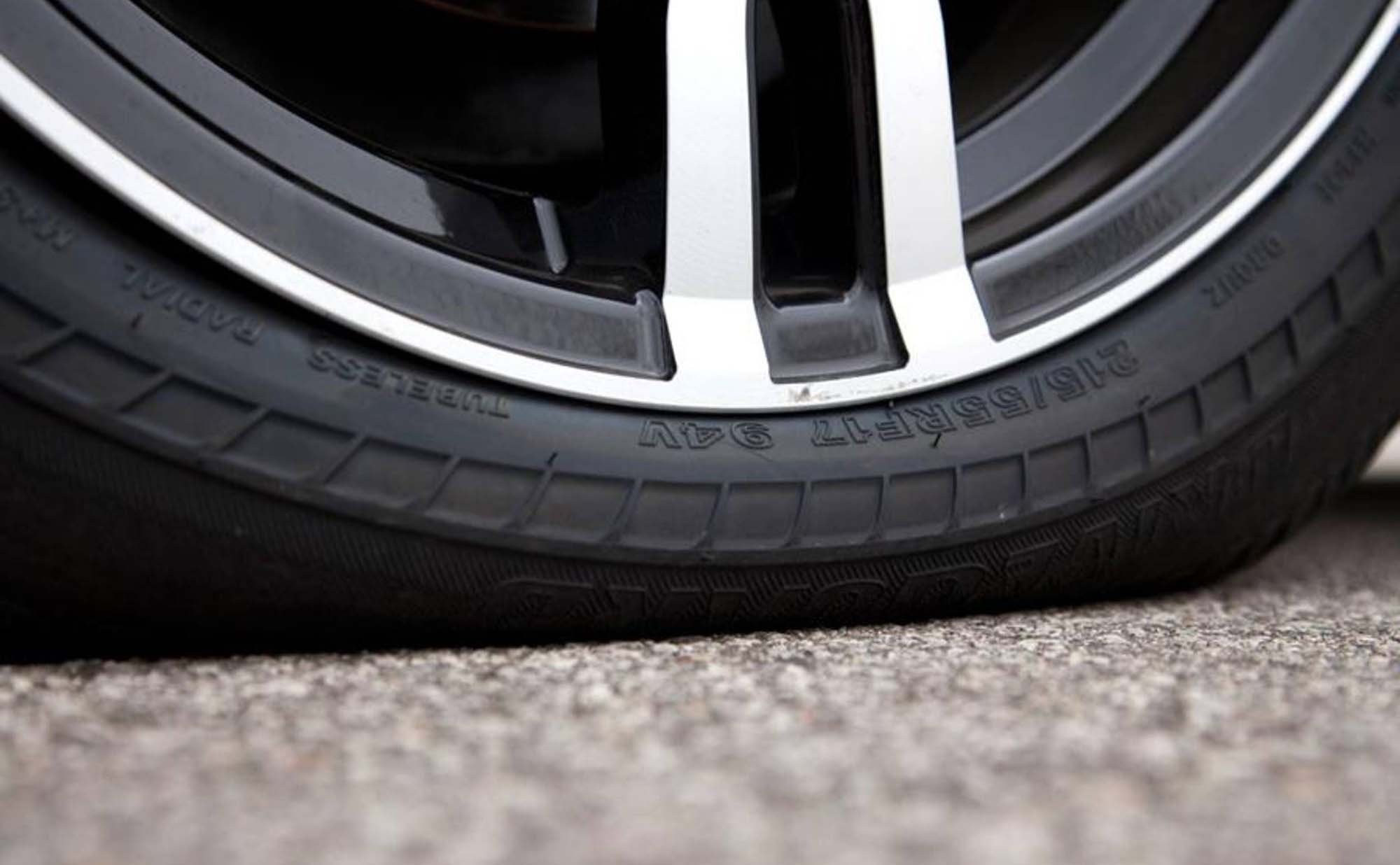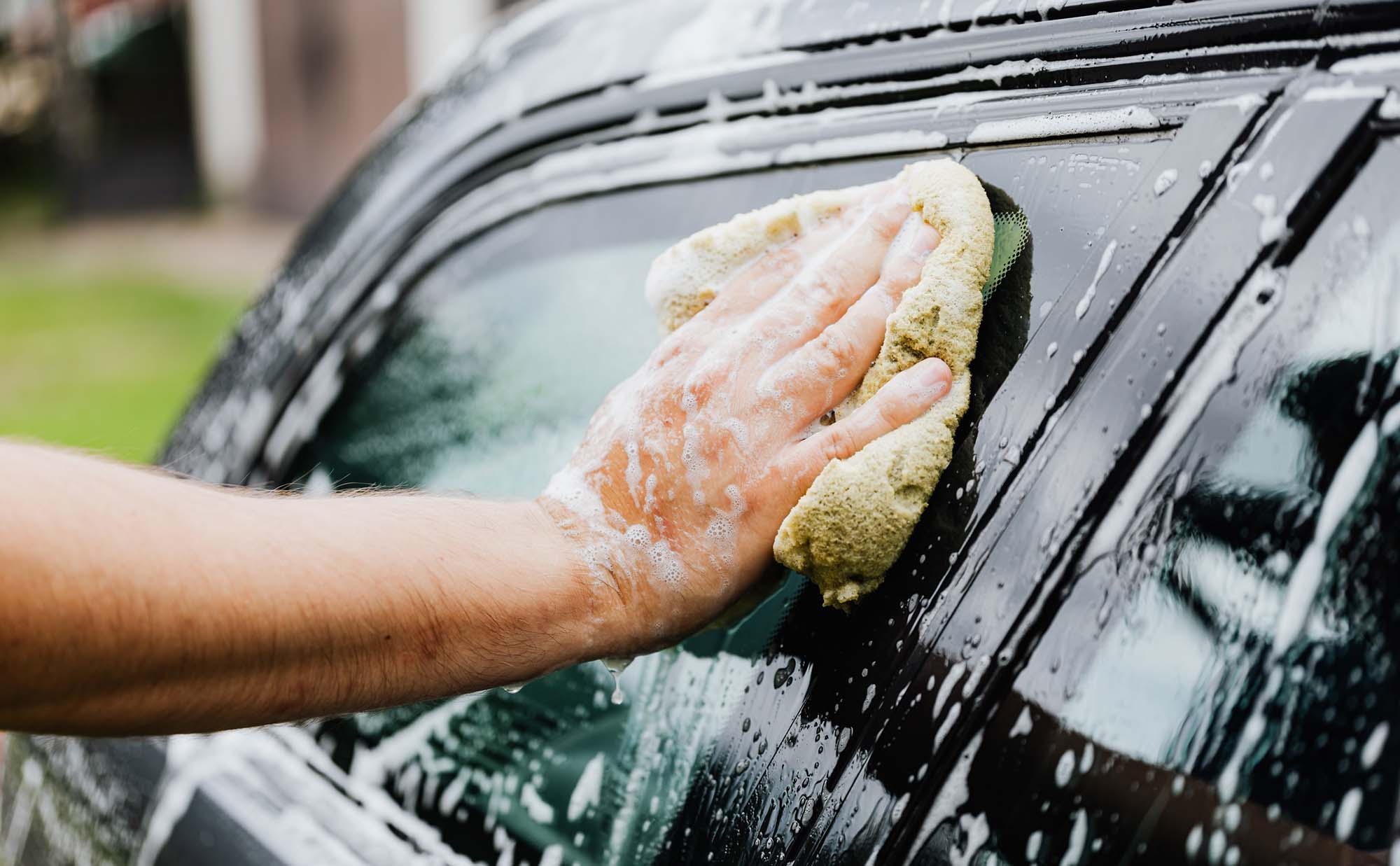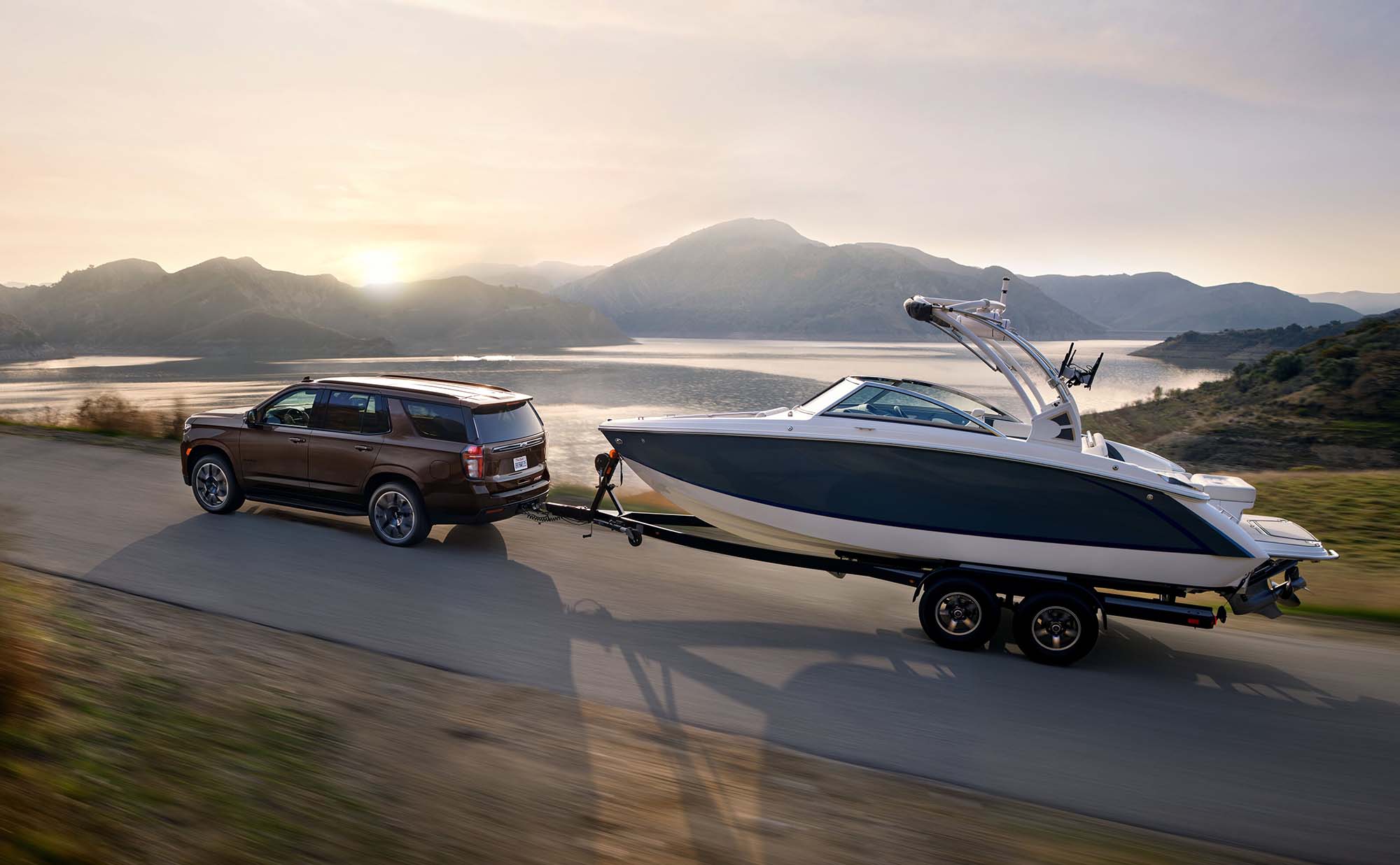Run flat tires are all the rage, but they aren't right for everyone (or every vehicle). Here is a list of the pros and cons, so you can make an informed choice.
Car accidents are an unavoidable part of driving. Everyone hates an accident; it’s stress-inducing, car-wrecking, and budget-breaking. But to really focus on what’s most important, we need to pay attention to safety. If no one was seriously injured, then your vehicle has done its job. Safety is one of the most important features we look for when selecting a new car, so how do we make sure that the vehicle we choose is keeping you and your family safe?
Bigger or Smaller?
A common belief is that big cars are safer than small cars, purely based on their size. In fact, there are many factors that contribute to vehicle safety. Here are the main factors to keep in mind when considering car safety:
New is Better Than Old
On the whole, modern cars are far safer than old ones. Features in new cars seriously minimize the risk of injury and death for all occupants. Several of these features can be added for a price, but here are some of the standard ones:
- Side, rear, front, and side-curtain airbags as standard.
- Computerized stability control, which minimizes rollovers and be keeping your car stable during a spin-out.
- Back-up sensors and back-up cameras help us prevent rear-end collisions.
- Blind spot warning features use cameras or sensors to let the driver know when a vehicle is next to ours.
Weight and Size
Bigger cars are usually heavier and can therefore absorb more energy from a collision than a smaller car. All else equal, a heavier car will be safer for occupants during a collision. Cars with a longer hood are also safer, as there is more material to act as a crumple zone. “Crumple zone” refers to the area in the front of the vehicle that absorbs the impact of a head-on collision.
Momentum
While excess weight will keep passengers safer during a collision, it could actually decrease your ability to avoid a crash. Heavier vehicles carry more momentum, which means they generally require a longer distance to stop. Accident avoidance and stopping distance should be kept in consideration when deciding on vehicles.
Height
Tall vehicles are more vulnerable to rollovers because of a higher centre of gravity. Big cars tend to have a higher centre of gravity and are therefore more likely to be upturned in an accident than small cars. Only 1% of accidents result in a rollover, but they account for 33% of deaths (according to the Insurance Institute of Highway Safety). However, very low cars are at a higher risk of sliding under another vehicle during an accident, which is the most dangerous type of accident.
So, Which Car is Safest?
When it comes to safety, there is no “one size fits all”. The best type of car is going to depend on your family and the type of driving that is done. Size is definitely something to keep in mind, but you must also consider safety ratings, available features, and vehicle ratings. What features are most important to you? Let us know in the comments below, or send us a note.




